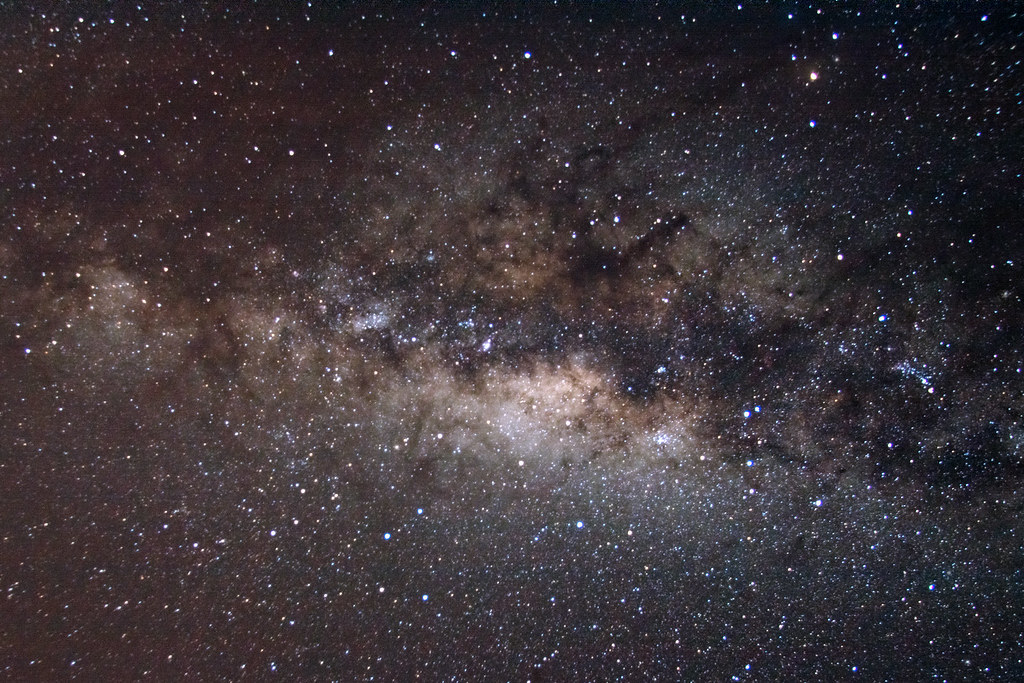SOFIA provides first clear picture of how massive stars begin to form
According to the post, when massive stars begin to form, they emit large quantities of protons, electrons, and heavy atoms (together called stellar winds). In extreme cases, the stellar winds can create bubbles of hot plasma and gas in their surrounding clouds.

- Country:
- United States
Researchers claim to have obtained the first clearer look into the star-forming region called Westerlund 2, using NASA's Stratospheric Observatory for Infrared Astronomy, or SOFIA. Located roughly 20,000 light-years from Earth in the constellation Carina, Westerlund 2 is one of the brightest and most massive star formation regions in the Milky Way.
In a blog post, NASA said that using the German REceiver for Astronomy at Terahertz Frequencies (GREAT), in one of its advanced configurations called upGREAT, SOFIA's FEEDBACK program enabled high-resolution insights into Westerlund 2.
Bubbles of hot 🔥 plasma and gas form and expand around regions of space where new stars✨ are being born. We identified one of these expanding bubbles in Westerlund 2, a star formation region in the 🌌 Milky Way. More > > https://t.co/ZDa6ifkK5w pic.twitter.com/vBabUAd3fa
— SOFIAtelescope (@SOFIAtelescope) September 13, 2021
According to the post, when massive stars begin to form, they emit large quantities of protons, electrons, and heavy atoms (together called stellar winds). In extreme cases, the stellar winds can create bubbles of hot plasma and gas in their surrounding clouds.
A postdoctoral researcher, Maitraiyee Tiwari, as well as her team at the University of Maryland, found that Westerlund 2 is surrounded by one of these expanding bubbles of warm gas. They also identified the origin of this bubble, its size, and the energy that drives its expansion.
The researchers also created a detailed picture of Westerlund 2 by measuring the radiation emitted by the star cluster across the entire electromagnetic spectrum, from high-energy X-rays to low-energy radio waves.
In addition, the team found evidence of the formation of new stars in the envelope region of this bubble. According to their findings, the bubble ruptured about one million years ago, releasing hot plasma and slowing the expansion of its envelope. After another 200,000 - 300,000 years, however, another particularly bright star called a Wolf-Rayet star, developed in Westerlund 2, and its strong winds restimulated the bubble, leading the process of expansion and star formation to begin once again.
ALSO READ
NASA selects companies to develop lunar terrain vehicle for Artemis Moon missions
Science News Roundup: White House directs NASA to create time standard for the moon; Wide swath of US will get buggy as two cicada broods intrude and more
Science News Roundup: White House directs NASA to create time standard for the moon; Gene involved in cell shape offers clues on left-handedness
NASA probes whether object that crashed into Florida home came from space station
Science News Roundup: White House directs NASA to create time standard for the moon; Scientists investigate thousands of dead Antarctic penguins for bird flu and more










